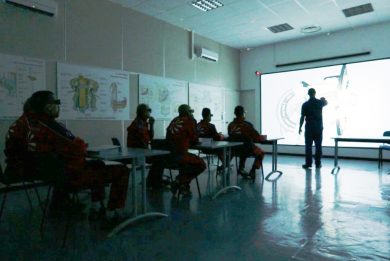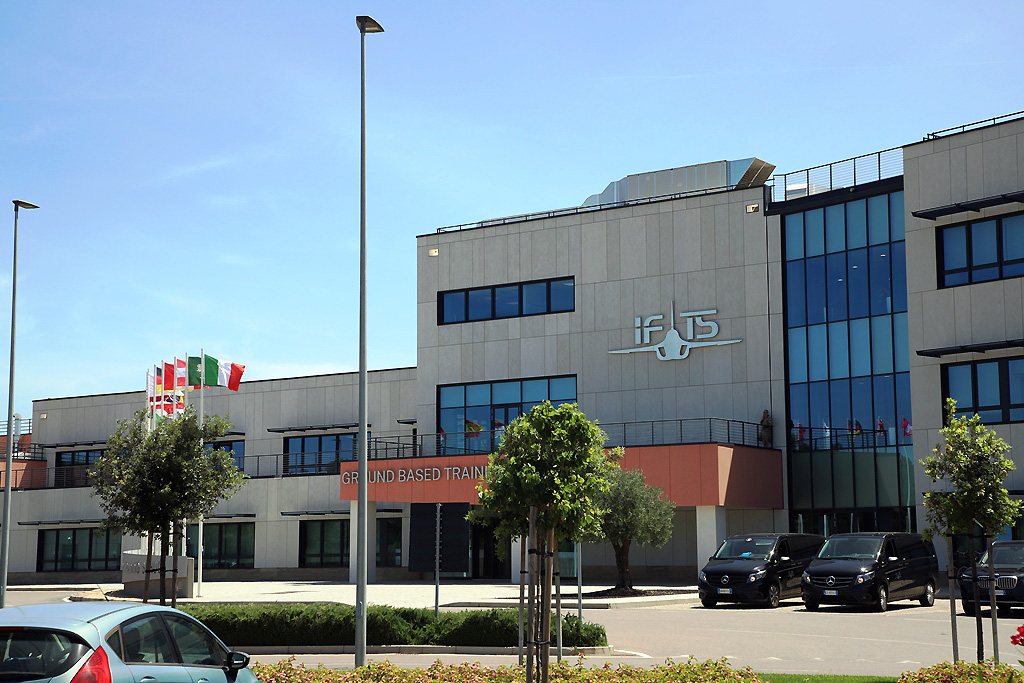
IFTS, a state-of-the-art campus and infrastructure
To view the whole series on articles about the International Flight Training School, please click HERE
Built in around three years, with some 800,000 labour hours involving over 300 workers, the IFTS facilities cover over 131,000 m2 of the Decimomannu Air Base, and host a workforce of approximately 500 people, including over 50 student pilots
The International Flight Training School occupies one part of the air base and is totally independent from the Italian Air Force unit, which is stationed there, with the exception for some common operational facilities and services.
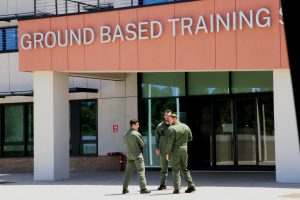
The IFTS main building, the core of the school, hosts the GBTS, for Ground Based Training System. Two wings depart from the main atrium. On the right, at ground floor, we find the operations room and the equipment room. The first floor hosts the offices of 212 Squadron, the training unit; the components of the squadron are the same of all air force units, the main difference being that here instructors are not all military. Civilian instructors are provided by ACS (Aeronautical Consulting & Solutions). Finally on the top floor we find the offices of the Advanced Jet Training (AJT) company, the 50/50 joint venture formed by Leonardo and CAE, which manages all the logistical support of the campus, plus the maintenance of the airplanes.
Switching on the left side, this is mostly dedicated to simulation, which is the ground-based segment of the school. Here we find briefing and debriefing rooms, as well as all simulation elements; four different levels of simulators are available, Simulation Based Trainer, Unit Level Training Device, Part Task Trainer, and Full Mission Simulator. These are detailed in the article dedicated to simulation.
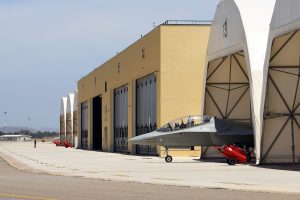
The second operational element of the flight school is of course linked to aircraft. The IFTS employs a single type of trainer, the M-346, T-346A in Italian Air Force wording, designed and produced by then Aermacchi, now Leonardo. Currently 26 such aircraft are deployed to Decimomannu, 16 of them provided by the Italian Air Force [1], four by Leonardo, while six more are redeployed to Sardinia by the Qatar Emiri Air Force, which pilots are a constant presence at the IFTS. All aircraft are hosted under sunshelters, while at the centre of the flight line we find four hangarettes that can eventually be used as avionic bays. The maintenance hangar can host up to eight aircraft at the same time.
The IFTS exploits some of the operational infrastructures and services of the Decimomannu air base, which remains an Italian Air Force base, such as tower, firefighters, fuel, and others.
Beside the training and operational buildings and areas, the IFTS campus hosts the accommodations for personnel and trainees, those infrastructures being adjacent to the main building.
Behind the GBTS building we find the canteen and the club infrastructure; over 400 people are employed at the IFTS, 50 from Leonardo Line of Business IFTS, 220 from AJT, 30 from ACS, and around 100 from the local supply chain, to which we must add student pilots, AJT ensuring also real-life support.
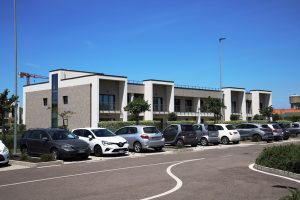
Student pilots are hosted in 58 apartments distributed in three buildings, one of them hosting the reception. Two more similar buildings are under construction, delivery being planned for late 2025, which will add 44 apartments to the ones currently available, increasing the IFTS capacity.
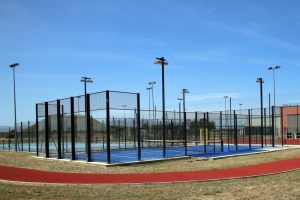
On the left side of the accommodation buildings, a large sports area is available, with tennis courts and basket playgrounds, a covered swimming pool and a gymnasium completing the IFTS compound.
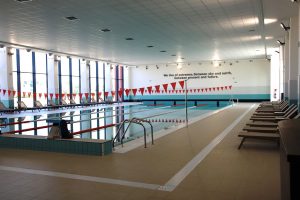
Overall, the IFTS campus covers 131,000 m2, subdivided into training and accommodation area (84,000 m2), operational area (20,000 m2), and flight line (27,000 m2), with around 35,000 m2 of covered surface.
[1] The Italian Air Force maintains two more M-346 at the Experimental Wing in Pratica di Mare, near Rome.
Photos by P. Valpolini


